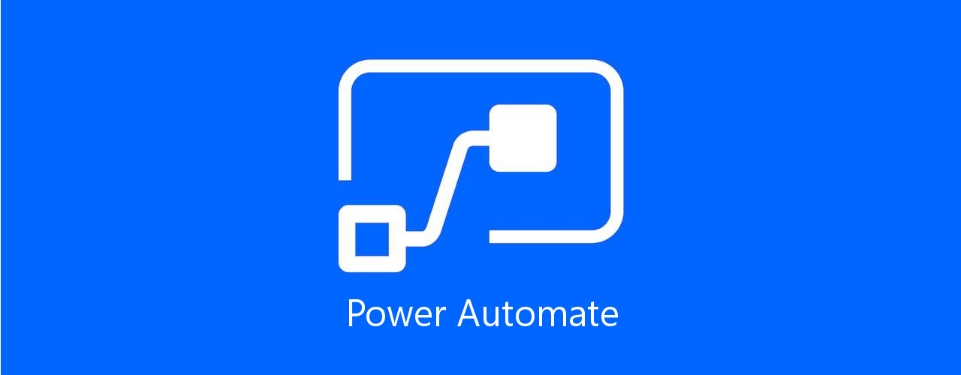
That’s it, we downloaded packed up Power Automate Desktop for deployment through Microsoft Endpoint Manager, created device requirement and detection rules, and assigned to a group of devices.Ĭourtenay is a technology professional with expertise in aligning traditional software and cloud services to strategic business initiatives. Once complete the deployment will commence. Lastly assign as a required app to a group, apply any filters further refine device targets, as displayed in the image below there are other settings as well such as end user notifications, availability of the installation, installation deadline and so on. I chose to skip Supersedence as well as this is the first install, however as later PAD versions are released this is something to come back to and configure. On the Detection rules screen I chose to look for a more recent version, however feel free to modify to whatever makes sense for your organization:įor Dependencies because I deploy Edge through Intune using the UI I chose to skip this step, however if you utilize Chrome feel free to upload using the steps above and select as a dependency. On the Requirements screen fill in the required fields as well as other fields to make sure the device has the proper resources to run PAD: In the Program screen we need to add install and uninstall commands, those may be found by visiting: Set up Power Automate Desktop on your device – Power Automate | Microsoft Docs

I modified the Name field to be something more user friendly and added text to the Publisher field.

Select the app package file by navigating to the directory where the file was populated.

Next upload the prepared PAD app to Intune as a Win32 app by selecting Apps > All apps > Add > Windows app (Win32) > Select


 0 kommentar(er)
0 kommentar(er)
